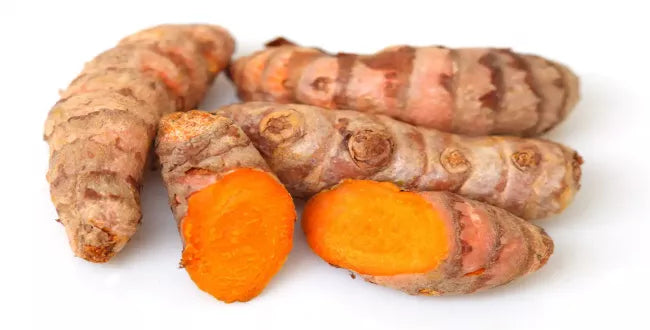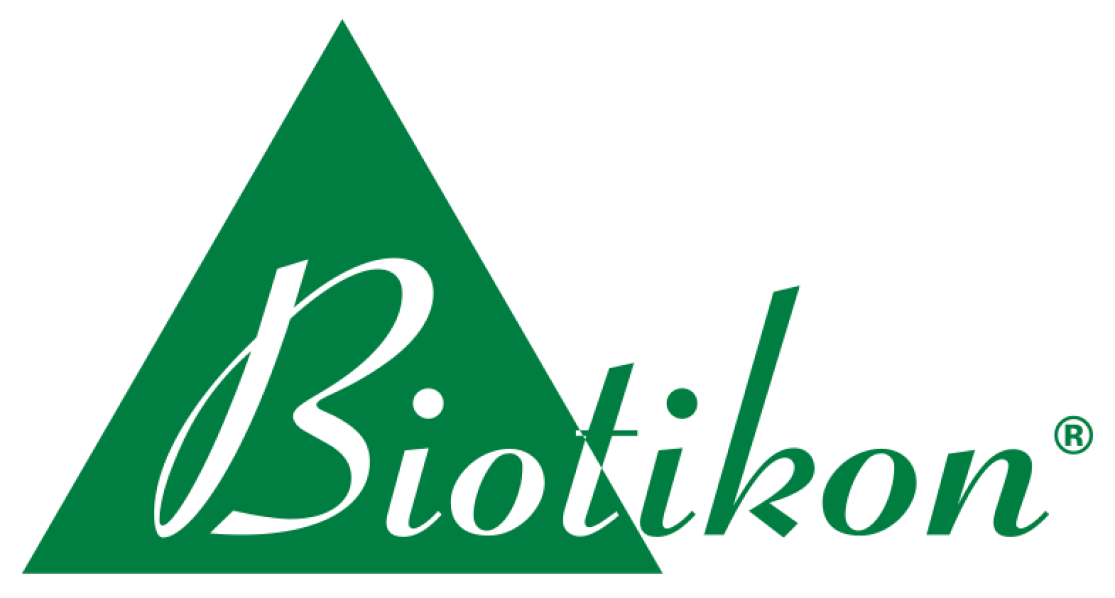
Achtung, künstliches Curcuma auf dem Vormarsch
Curcuma longa is known to contain 3 important curcuminoids:
- Curcumin
- Bis-demethoxy curcumin
- Demethoxy-curcumin
The percentage of curcumin is by far the highest. For some time now, the high-quality plant substance curcumin can also be produced synthetically. Bis-demethoxy curcumin and demethoxy curcumin, unlike curcumin, cannot be produced synthetically. Some manufacturers mix these two natural curcuminoids with the much cheaper artificial curcumin for cost reasons. A reliable, but also complex and cost-intensive method to prove the naturalness of curcumin is the so-called "C14 method". This is also called "isotope measurement" or "radiocarbon method". Synthetic curcumin is produced from petroleum and can therefore be identified by the amount of C14 carbon atoms. Petroleum is a non-living raw material with a high biological age. Thus, it differs from natural curcumin in terms of C14 carbon atoms. The proportion of bound C14 atoms is lower. Living organisms constantly absorb new C14 atoms from the environment. The proportion remains constant, while decay occurs in dead organisms. Therefore, to be sure of the naturalness of a curcuma product, one should ask the seller for a C14 analysis certificate. Incidentally, the Nobel Prize in Chemistry was awarded in 1960 for the discovery of the radiocarbon method by Willard Frank Libby. The radiocarbon method has a special significance for the determination of the archaeological age.
